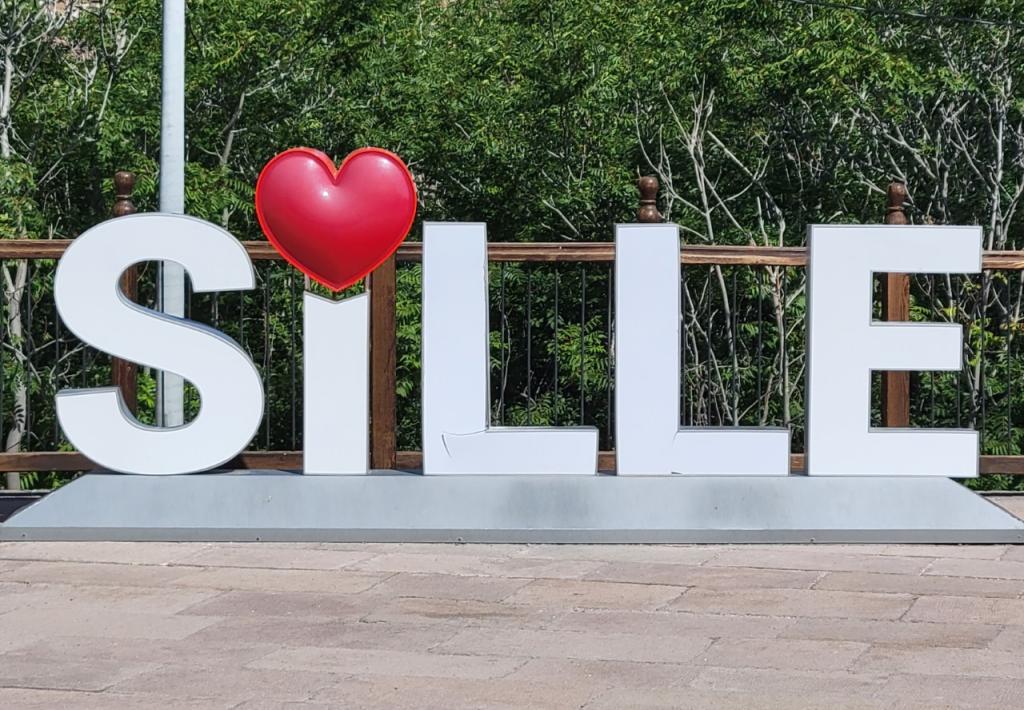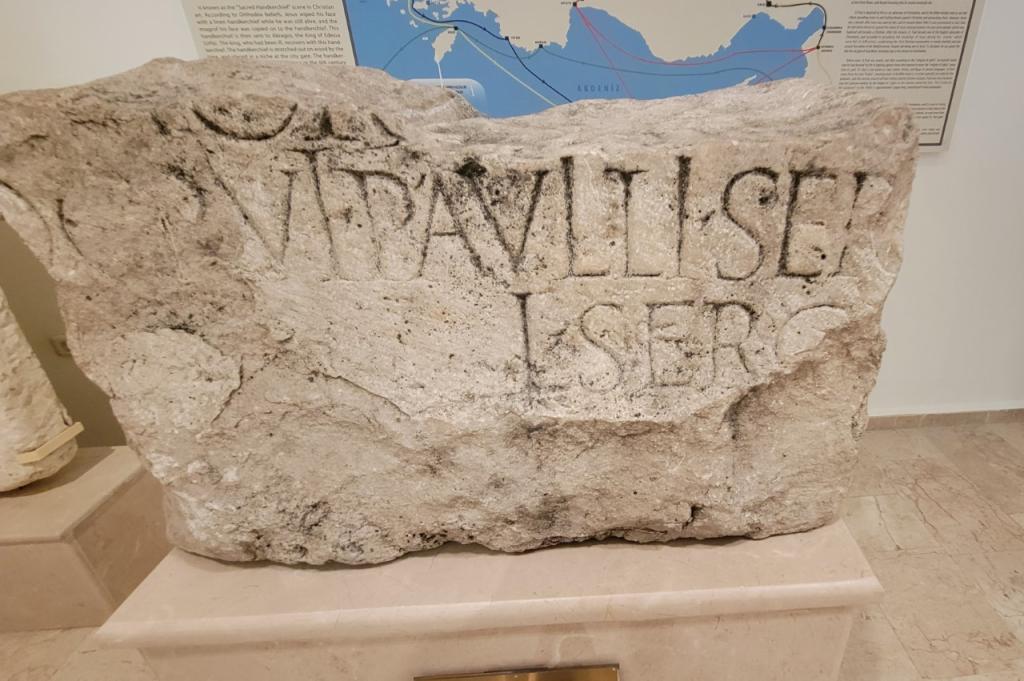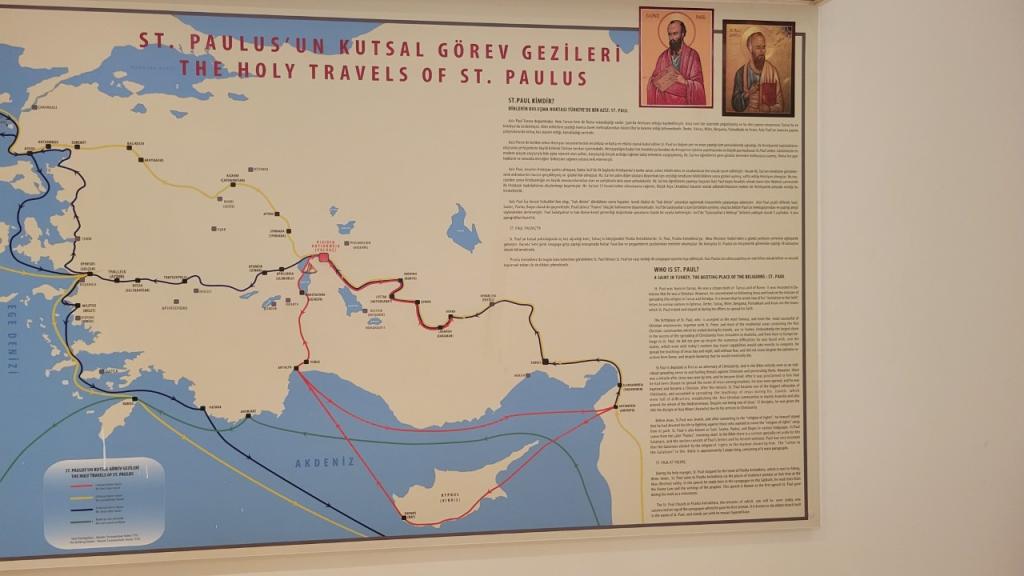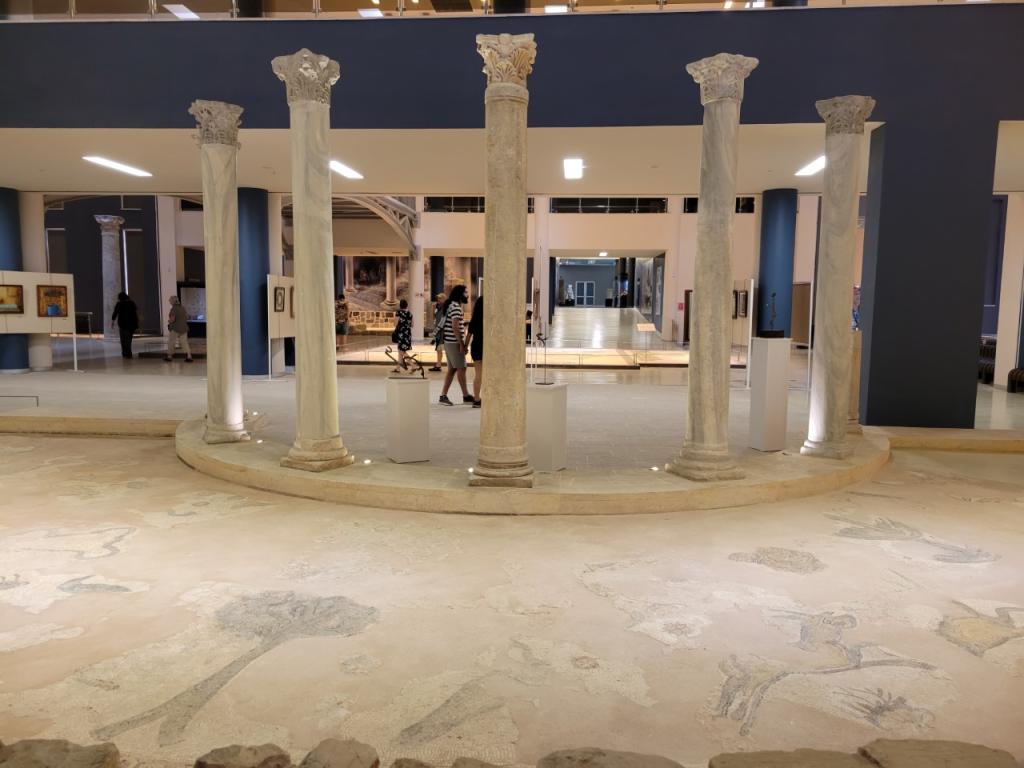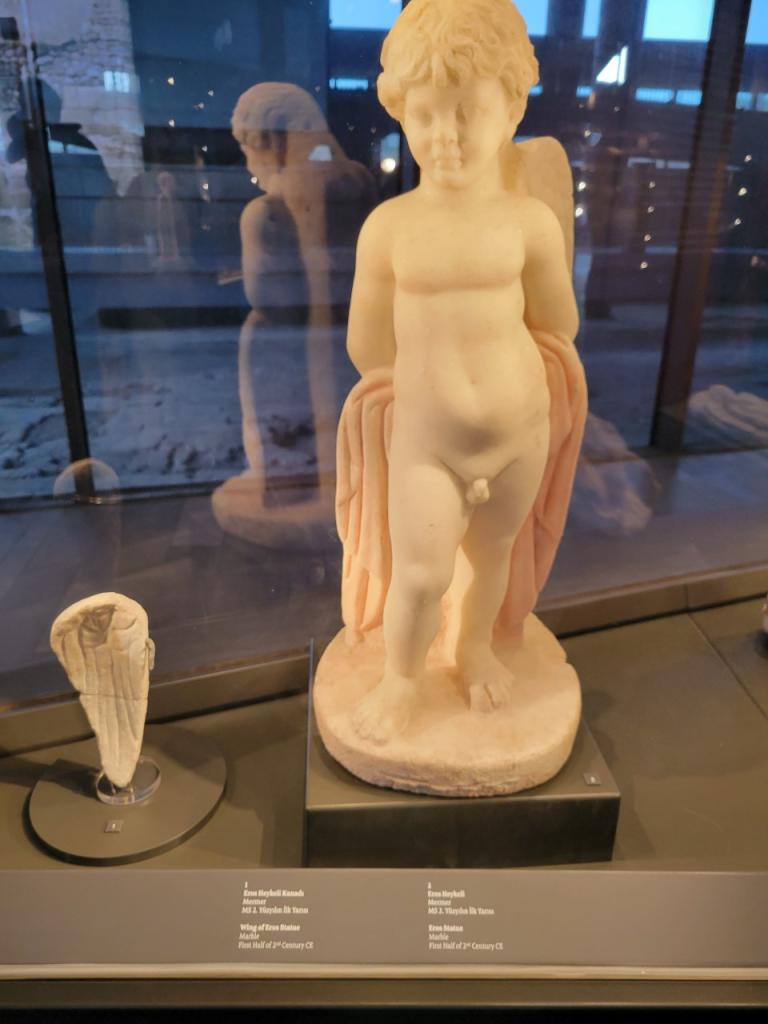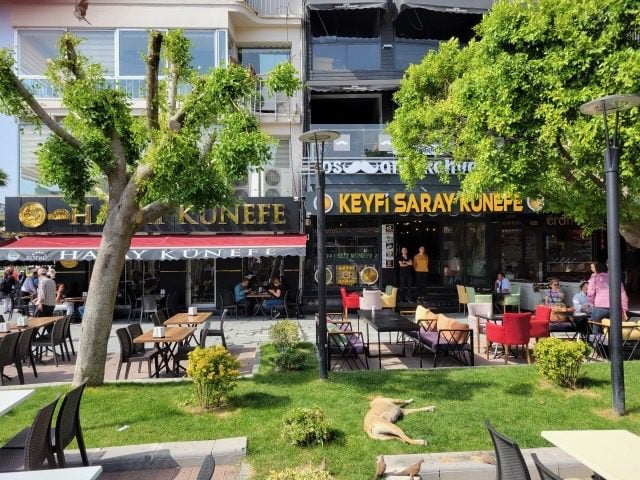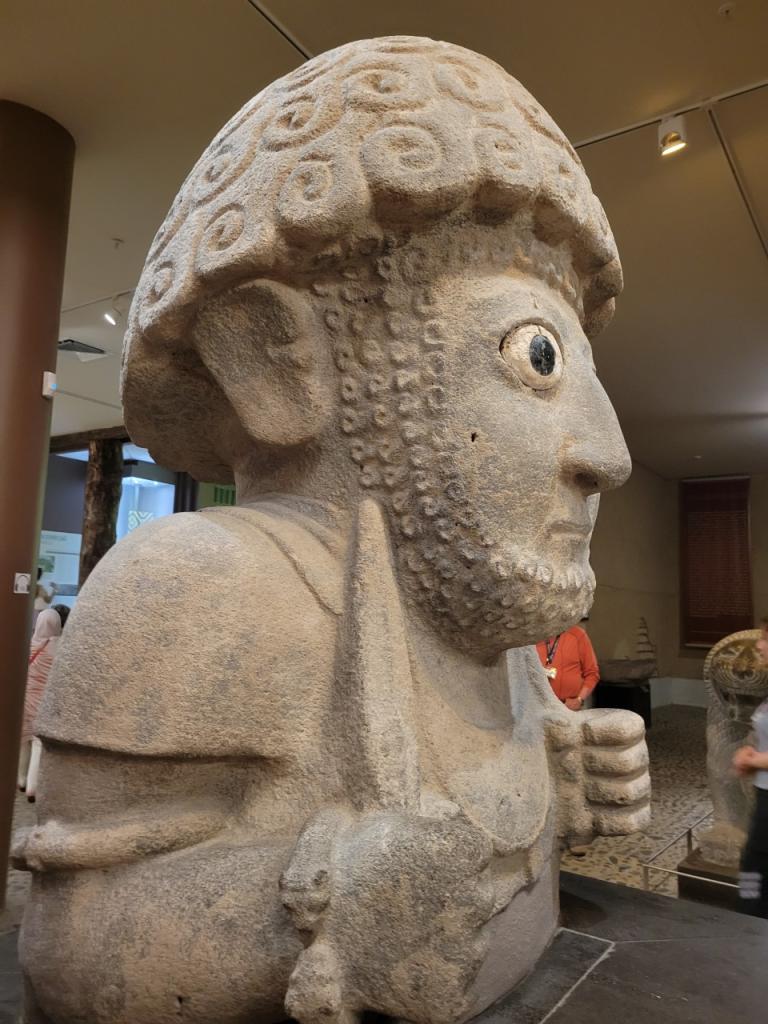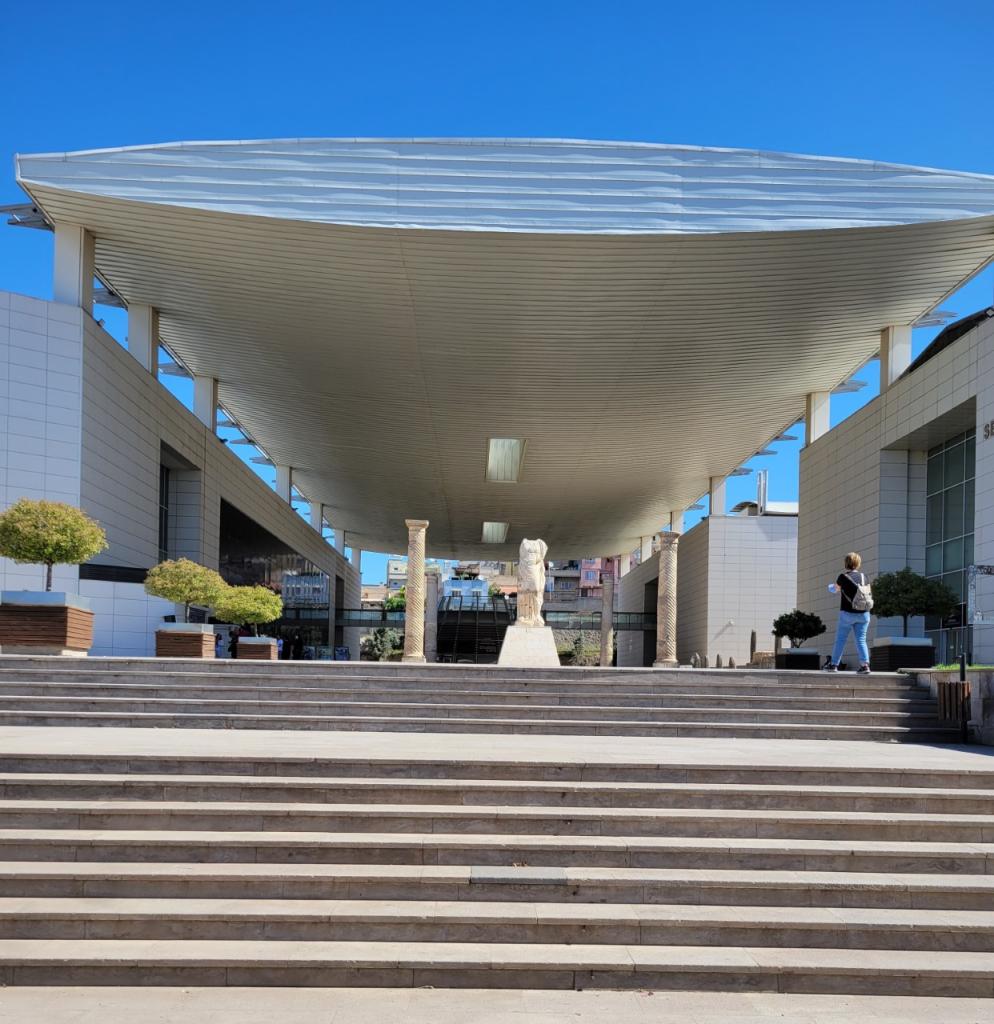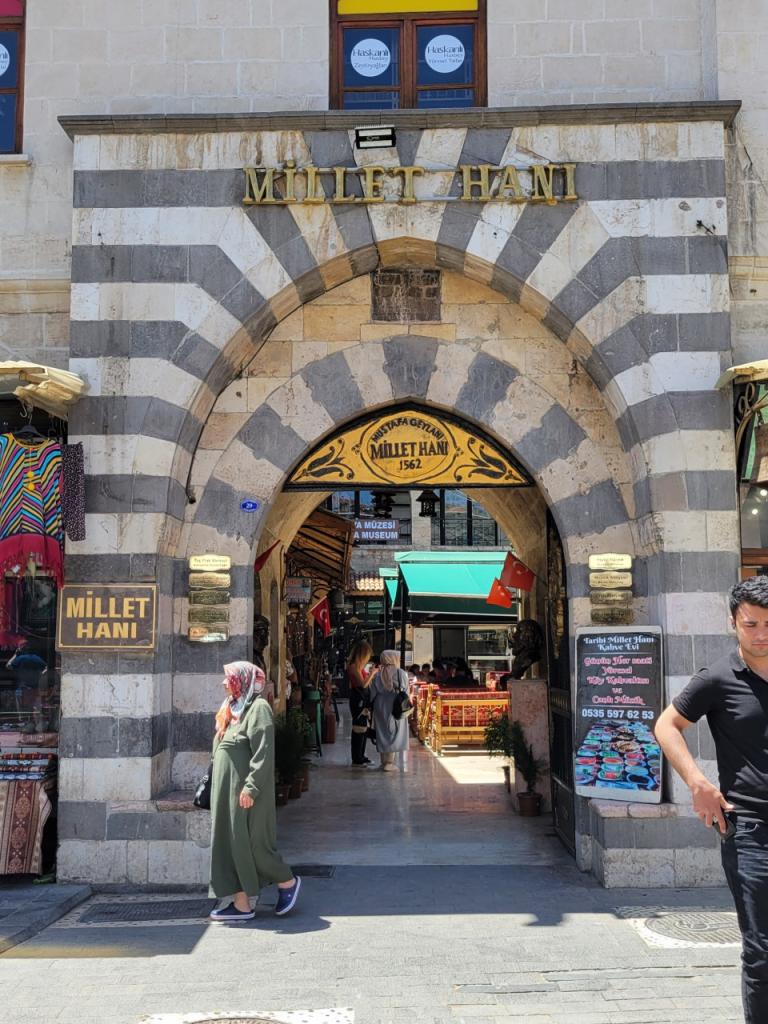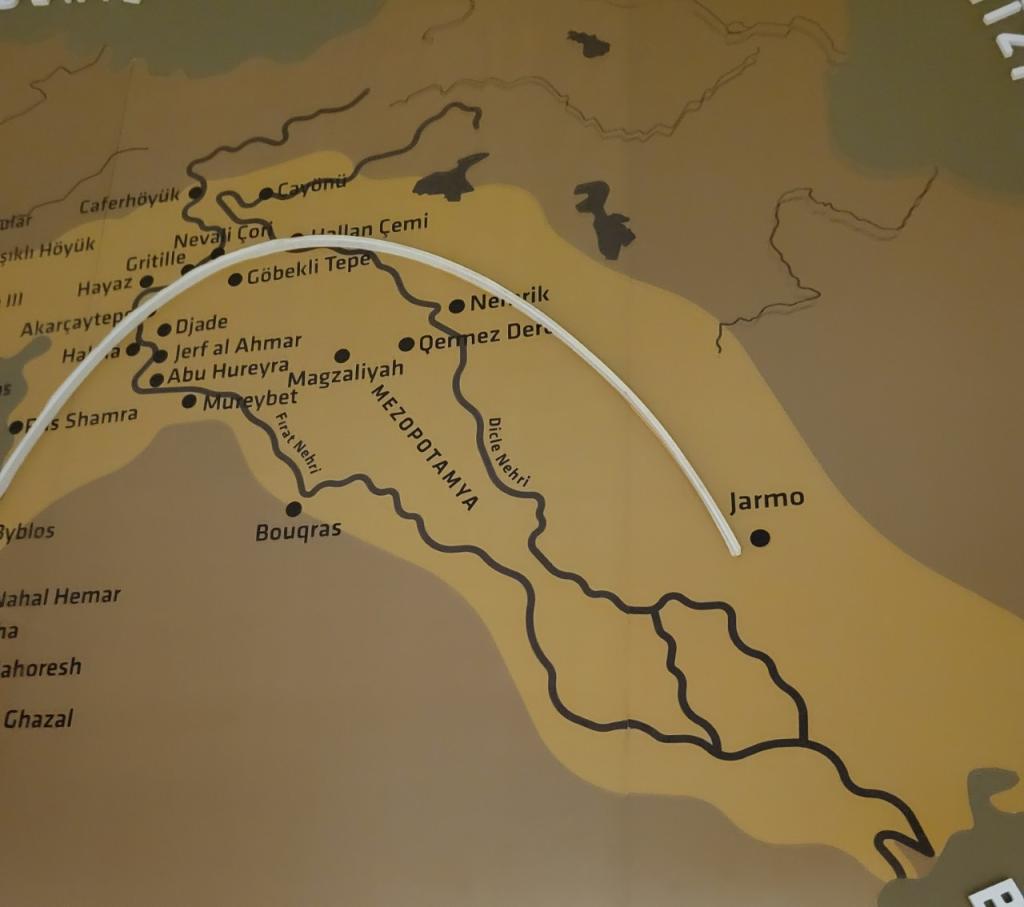There is really virtually nothing to see in Konya of direct relevance to the study of the NT, though nearby you can go to a caravanserai and see the whirling dervishes, which is fascinating. Instead of doing that on this trip we went and visited perhaps the oldest church in all of Turkey, and one founded by Queen Helena, on her way from Constantinople to build churches in Jerusalem and Bethlehem…. The church is in the charming little village of... Read more


